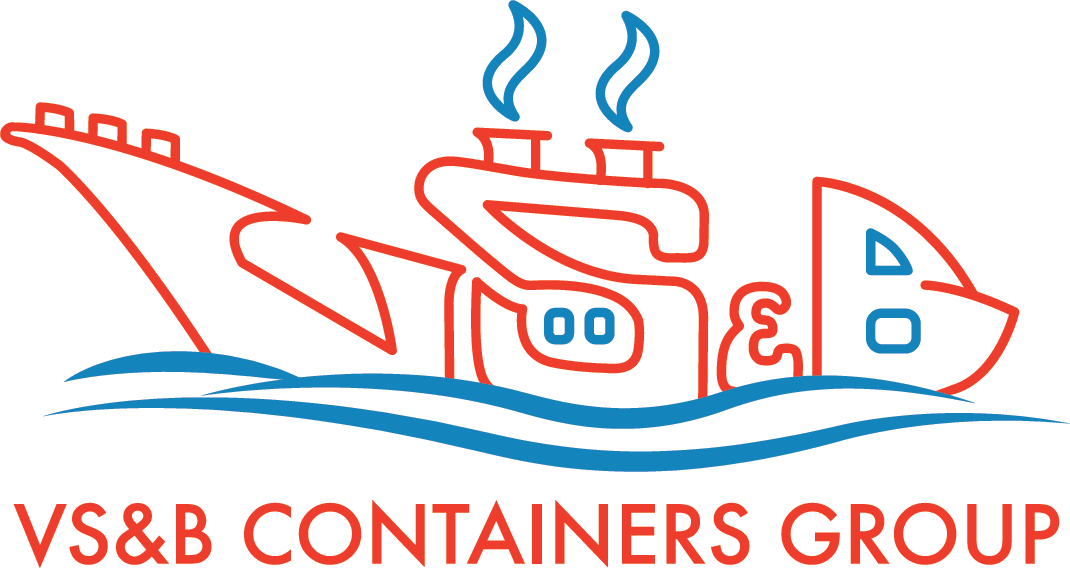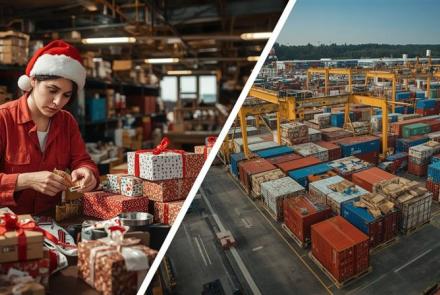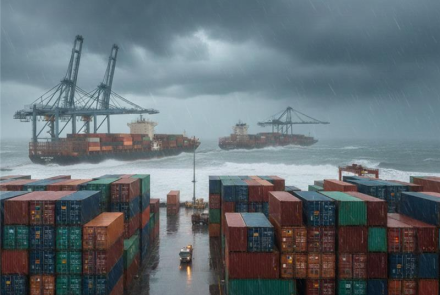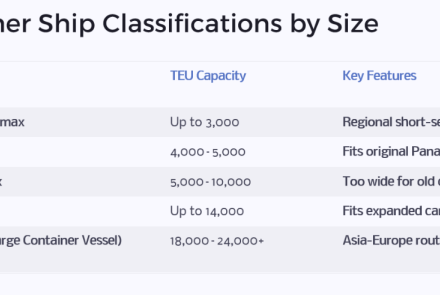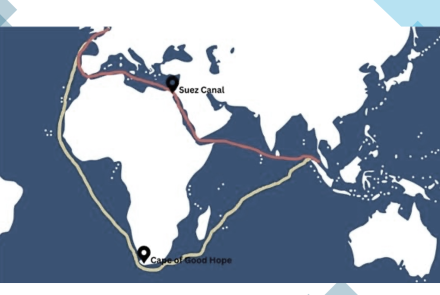Rising Risks at Sea: How Ports and Carriers Can Improve Emergency Preparedness
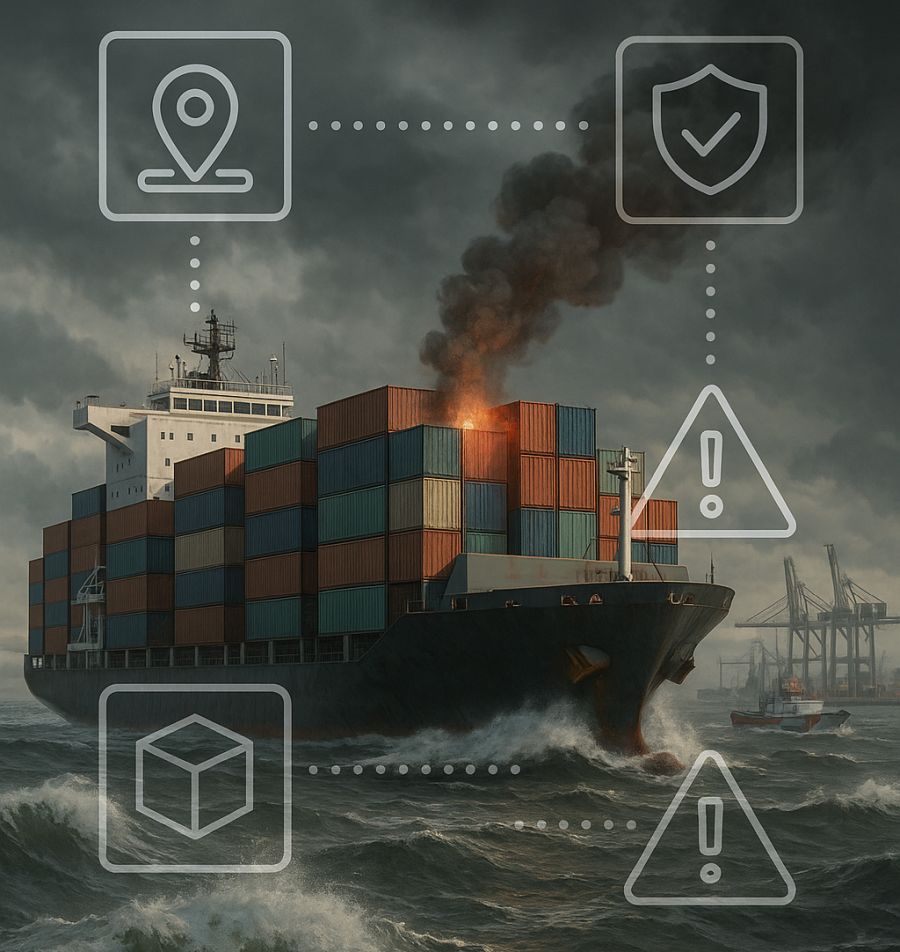
The maritime industry has always carried inherent risks, but the recent surge in onboard emergencies - from fires to container losses - has highlighted the urgent need for enhanced emergency preparedness. As global trade grows more complex, container shipping solutions must evolve to handle unexpected hazards at sea.
Why the Risk is Rising
Increased volumes of hazardous cargo, evolving climate conditions, and denser stacking of containers on ultra-large vessels have raised the chances of onboard incidents. Combined with overstretched port infrastructure and human error, these factors expose vulnerabilities in even the most robust container supply chains.
When such emergencies occur, they don't just threaten cargo and crew — they disrupt entire global freight logistics networks, leading to delays, insurance claims, and costly losses. For carriers, ports, and stakeholders in containerized cargo management, preparedness is no longer optional.
Key Areas for Improvement
1. Hazardous Cargo Protocols
Many container fires originate from misdeclared or poorly handled dangerous goods. Ports and carriers must tighten controls around hazardous cargo container shipping, including:
Mandatory digital documentation,
Random inspections,
AI-assisted cargo flagging systems.
2. Advanced Tracking & Monitoring
Fires, temperature spikes, or container damage often go undetected until it's too late. Using container tracking and monitoring tools — including IoT-based sensors — can prevent small problems from becoming large-scale emergencies.
3. Training & Simulation for Crews and Terminals
Both onboard crew and port terminal staff need regular training in handling chemical leaks, fires, or flooding. Investing in simulated drills and updated SOPs helps improve readiness.
4. Collaborative Response Protocols
Emergency response must be a joint effort involving liner operations, coast guards, local port authorities, and international shipping bodies. Ports should establish pre-approved action plans that prioritize crew safety and container salvage.
Role of Ports in Emergency Management
Port automation and container handling systems play a crucial role during emergencies. Automated cranes and surveillance tools can help detect anomalies before ships even berth. Additionally, designated zones for dangerous cargo and improved firefighting infrastructure are key investments for modern ports.
The Sustainable Safety Approach
Incorporating sustainable container solutions into safety protocols isn’t just about going green — it’s about building smarter, safer systems. Modular container structures, collapsible shipping containers, and efficient space usage not only reduce emissions but also allow faster containment in emergencies.
Business Continuity and Cost Management
Unplanned incidents can cripple operations. That’s why freight cost optimization now includes risk mitigation strategies. Companies that invest in digitization in container shipping, predictive analytics, and TEU capacity management are more resilient during crises.
With shipping lines and ports under growing pressure, emergency preparedness is no longer reactive — it must be proactive. From better design and smarter tech to multi-agency coordination, it's time the industry placed safety at the core of its container fleet management strategy.
VS&B Containers continues to support global clients with reliable, secure, and flexible container buying and selling, shipping container leasing, and advisory solutions to help them adapt to today’s evolving maritime landscape.
VS&B Containers group offers both standard and custom-made containers, delivered directly from the factory to your desired location. With a fleet of over 30,000 containers made available across Europe and Asia, the company helps customers get containers effortlessly from anywhere in the world. If you have unique needs in terms of affordability, adaptability, and potential return on investment, please drop an email to traders@vsnb.com, and the VS&B team will contact you to discuss further.
- Log in to post comments
